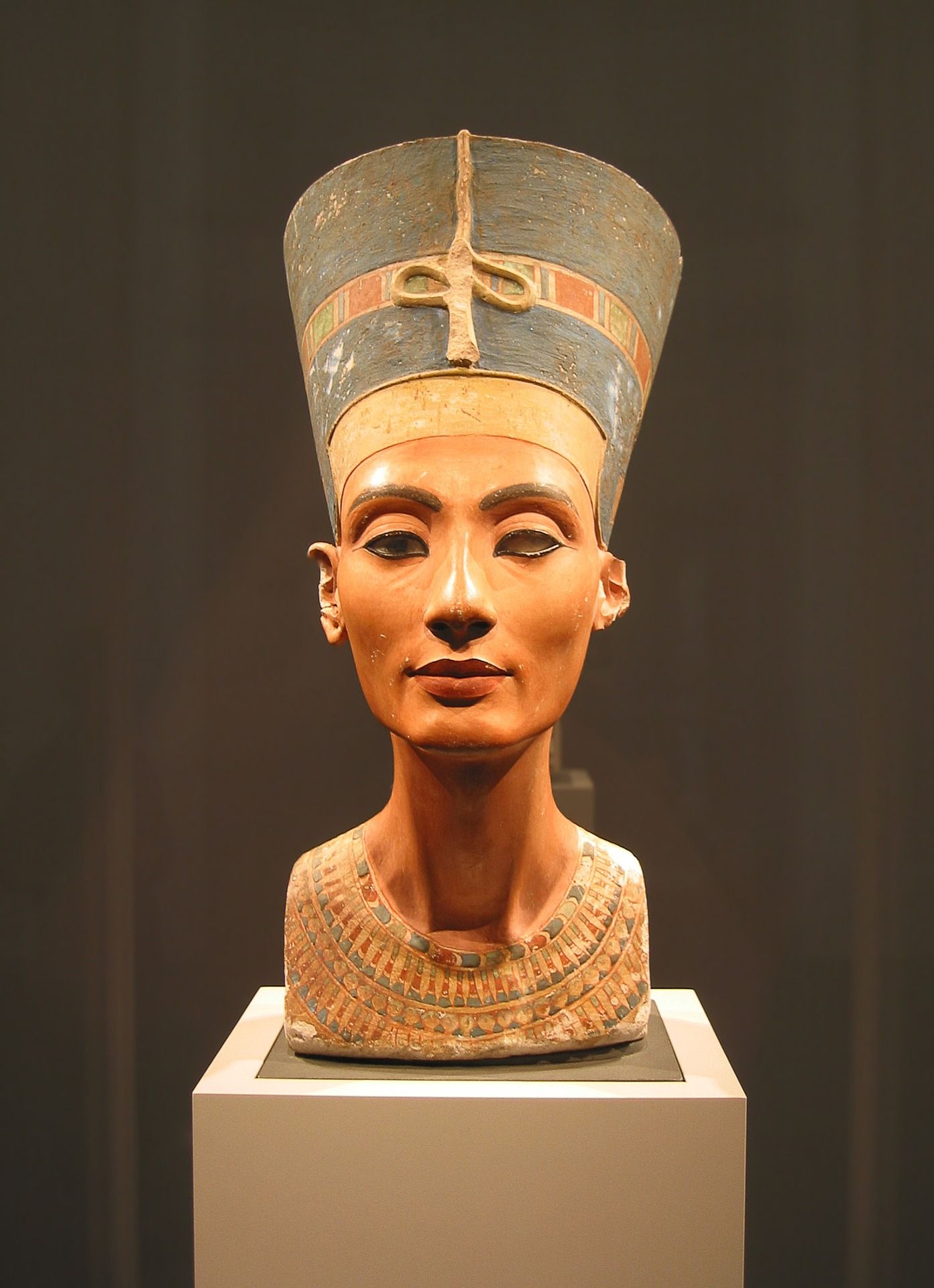Tradition
See and be seen
This aspect has been of great importance at all times and in all cultures. Those who had lost their sight felt disadvantages from the point of view of their value and reputation. Therefore, one always tried to replace the loss of one eye in order to be on the same “eye level” with others. As early as the Ancient Egyptians, imitations of the eye from ivory were carried during lifetimes, but even after death the mummies were given implied eye replacement.
In the course of the millennia, there have been different approaches from a wide variety of materials to create a natural eye. Silver and gold were the precious metals used in the work. Then, in 16th century France the material changed to glass (with lead). However, this glass did not yet have all the medical and technical requirements required to produce a healthy and natural eye prosthesis.
In the Thuringian glassblowing town of Lauscha (founded in 1557), the town developed glass blowing further in the 18th and 19th centuries. Small quantities of glass could be processed at home in front of the lamp, for example for the dolls of the toy industry in Sonneberg. The glass manufacturers in Lauscha were already known at that time for their good processing and colouring of the glasses. Even today the beautiful glass marbles with the colourful threads are still popular with many.
The Würzburg professor Heinrich Adelmann found the talented young glassblower Ludwig Müller-Uri in Lauscha in 1832. He developed the technique for manufacturing the glass eyes for “modern eye prosthetics”, which is still used today. The year 1835 is considered to be the year of birth of the German artificial eye. Over the course of time, building on this basis, there were further improvements in material, design and colouring. However, the basic principle of Ludwig Müller-Uri’s German glass eye has been retained to this day and has also proven itself internationally. This has been demonstrated by many international awards at trade fairs, such as the World Exhibition in Paris in 1888.
In this way, the knowledge and the art of glass eye production are passed on over many generations in a long tradition.
Today’s independent profession of ocularist (eye prosthodontist) requires 6 years of training and certification in Germany.
The company “Augenprothetik Lauscha GmbH” with its highly specialized ocularists, emerges from this long tradition and sees itself as a responsible successor to the first German eye artists.
Ludwig Müller-Uri


In the middle of the 17thcentury, Paris became a centre for artificial human eyes made of glass. The manufacturers probably came from Venice. In 1835, Ludwig Müller-Uri from Lauscha developed the first German art eye made of glass. Around 1870, the so-called cryolite glass, which is still in use today, was invented for the production of artificial eyes.
Artificial eyes in antiquity
Eye of Rahotep
Eyelids: copper
Sclera: quartz
Cornea: pebble
Iris: grey
Pupil: dark mass

Nofretete
Eyelids: painted
Sclera: Kalkstein
Cornea: pebble
Iris & Pupil: painted wax


